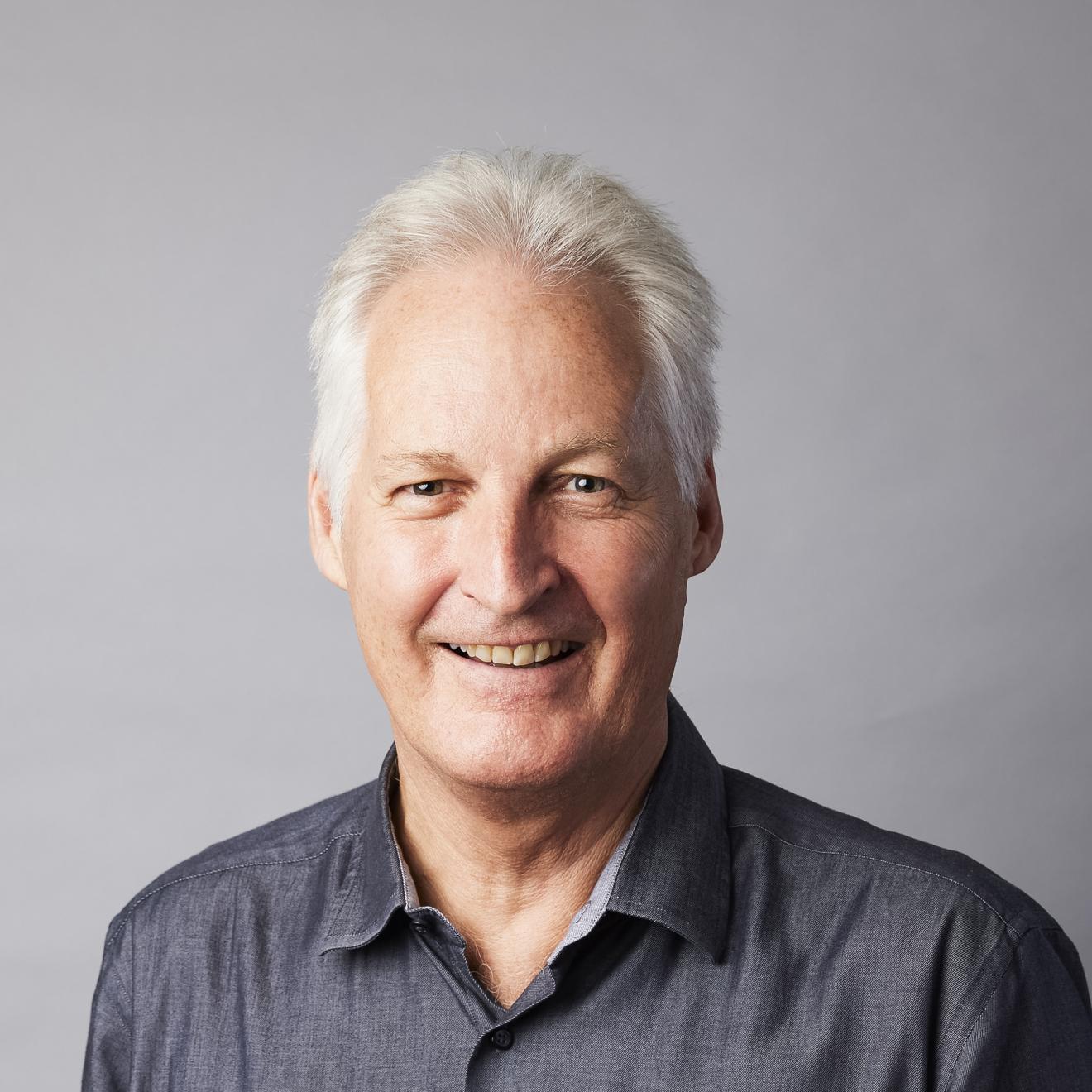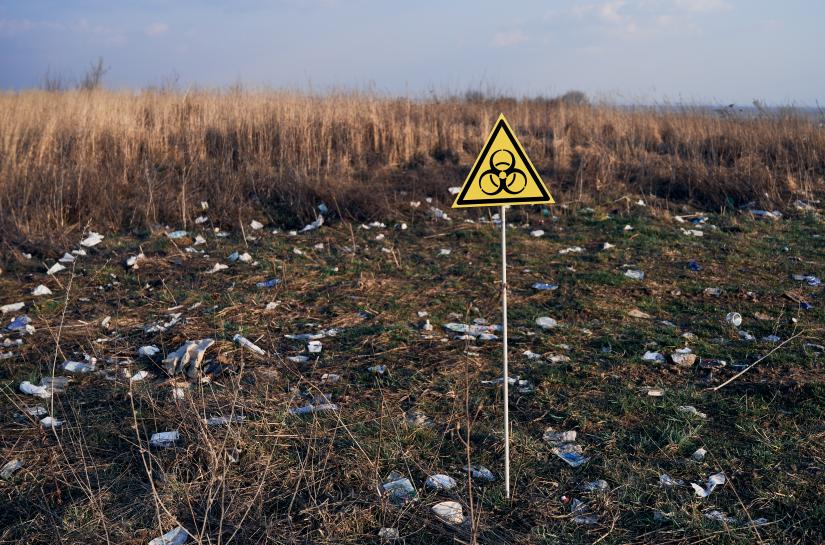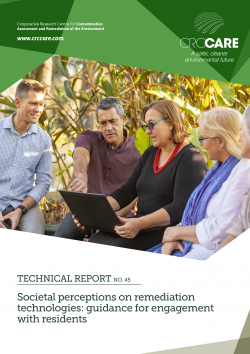Australia has an estimated 160,000 sites that are potentially contaminated. Experts suggest that only a tiny fraction of these sites are currently being remediated. Remediation policies and guidelines are increasingly recognising the value of drawing on the knowledge and experiences of diverse stakeholders, including affected residents, to support the selection of technology that will be used to remediate contaminates sites, and to inform other related areas of remediation policy such as risk management and sustainability assessment.
Despite policy support for these approaches, there is little understanding within the remediation industry of residents’ perceptions or acceptance of the growing diversity of technologies that are being used to remediate contaminated sites. This guide addresses this lack of understanding by providing a unique evidence-based understanding of residents’ perceptions and acceptance of remediation technologies that can be used by those within the remediation industry to inform the development of plans for the remediation of specific contaminated sites.
Read the report: Societal perceptions on remediation technologies: guidance for engagement with residents
The document provides guidance, in the form of evidence-based insights and questions, focused on how residents living near contaminated sites:
- worry about the application of remediation technologies in their local environments
- perceive risks and benefits from the application of remediation technologies in their local environments, and
- accept the application of remediation technology in their local environments.
Residents’ acceptance is understood as the residents’ level of support for the application of the remediation technology in their local area, and the choices they make when deciding between different technologies that may be applied in their local area.
The guidance is relevant to both remediation planning and community engagement planning. The guidance within this document should be considered in conjunction with guidance in the National Remediation Framework, and any relevant state-specific remediation policies and guidelines.
The development and associated research for the guide was funded by the Cooperative Research Centre for Contamination Assessment and Remediation of the Environment (CRC CARE), and is part of CRC CARE's Best Practice Policy program, which is developing new principles, indicators and strategies to support the development of new policy frameworks for remediation that effectively and positively engage with communities.
The guidance, and evidence-base, were developed by a team of researchers from ISF; the Institute for Choice at the University of South Australia; and King’s College London. With support from the SA Environment Protection Authority, NSW Environment Protection Authority, Orica, Thiess Services, GHD Australia, LandCorp West Australia, NSW Health, and Queensland Health.
The unique evidence-base used to construct this guidance document has been internationally peer reviewed, and is drawn from a detailed study of the perceptions and acceptance of different remediation technologies by 2,953 Australian residents, 2,009 of whom lived near 13 contaminated sites across Australia. The sites were located in New South Wales, South Australia, the Australian Capital Territory, Tasmania, Queensland and Victoria. The 13 sites had a range of recognised environmental contaminants present, including solvents, hydrocarbons, heavy metals, asbestos and putrescible waste.
Related research and guidance
- The recently completed Guide for Creating Stakeholder Engagement Plans for Contaminated Sites in NSW builds on the Societal perceptions on remediation technologies: guidance for engagement with residents.
- The guidance further explores the relationship between communities and contaminated land governance in Australia, which was commenced in an earlier CRC CARE project exploring the effects of contamination and its remediation on individuals and communities in Australia.
- Higher degree by research outputs associated with the research includes: Hughes, K. 'Do remediation experts have what it takes to explain empirical uncertainty?' View or download from UTS OPUS.
To discuss the guidance document and associated research, please contact Professor Jason Prior, UTS: jason.prior@uts.edu.au
To discuss the broader policy program of which the guidance is part, contact Dr Bruce Kennedy, CRC CARE: bruce.kennedy@crccare.com
For media enquiries about the contact CRC CARE Communications Manager Adam Barclay: +61 8 8302 3925; +61 429 779 228 or adam.barclay@crccare.com
RESEARCH OUTPUTS
A geography of residents’ worry about the disruptive effects of contaminated sites (2019) (Journal Paper)
Geographical Research, 57(1) 52–66
Sociodemographic predictors of residents worry about contaminated sites (2018) (Journal Paper)
Science of the Total Environment, 643, 1623-1630
Factors influencing residents' acceptance (support) of remediation technologies (2018) (Journal Paper)
Science of the Total Environment, 624, 1369-1386
Evaluating residents' preferences for remediation technologies: A choice experiment approach (2018) (Journal Paper)
Science of the Total Environment, 621, 1012-1022
Engaging with residents' perceived risks and benefits about technologies as a way of resolving remediation dilemmas (2017) (Journal Paper)
Science of the Total Environment, 601-602, 1649-1669
Using residents' worries about technology as a way of resolving environmental remediation dilemmas (2017) (Journal Paper)
Science of the Total Environment, 580, 882-899
The norms, rules and motivational values driving sustainable remediation of contaminated environments: A study of implementation (2016) (Journal Paper)
Science of the Total Environment, 544, 824-836
‘We get the most information from the sources we trust least’: residents' perceptions of risk communication on industrial contamination (2014) (Journal Paper)
Australasian Journal of Environmental Management, 21(4) 346-358
Danger From the Outside in: Resident Perceptions of Environmental Contamination in Home Environments (2018) (Journal Paper)
Human Ecology Review, 24(2) 129-151
How does living with a disability affect resident worry about environmental contamination? A study of a long-term pervasive hazard (2019) (Journal Paper)
Environmental Hazards, 18(5) 459-478
Researchers
-
Professor and Research Director
-
 Laura Wynne
Laura Wynne -
Senior Research Consultant
-
Ceridwen Dovey
-
Dustin Moore
-
Aleta Lederwasch
-
Research Principal
-
Adjunct Professor
-
 Stuart WhiteProfessor and Director, ISF
Stuart WhiteProfessor and Director, ISF
Year
- 2010-2018
Client
- CRC CARE







